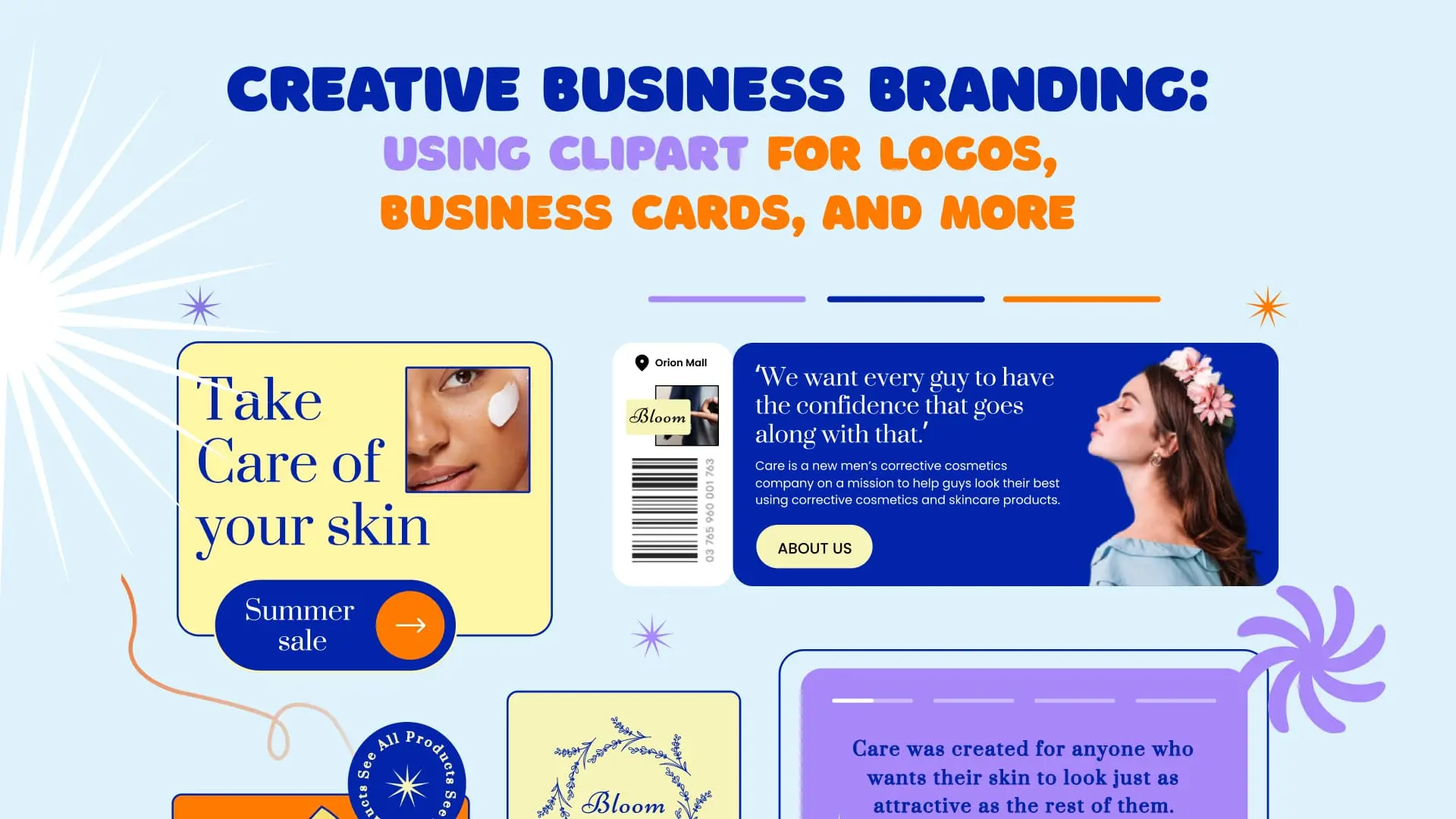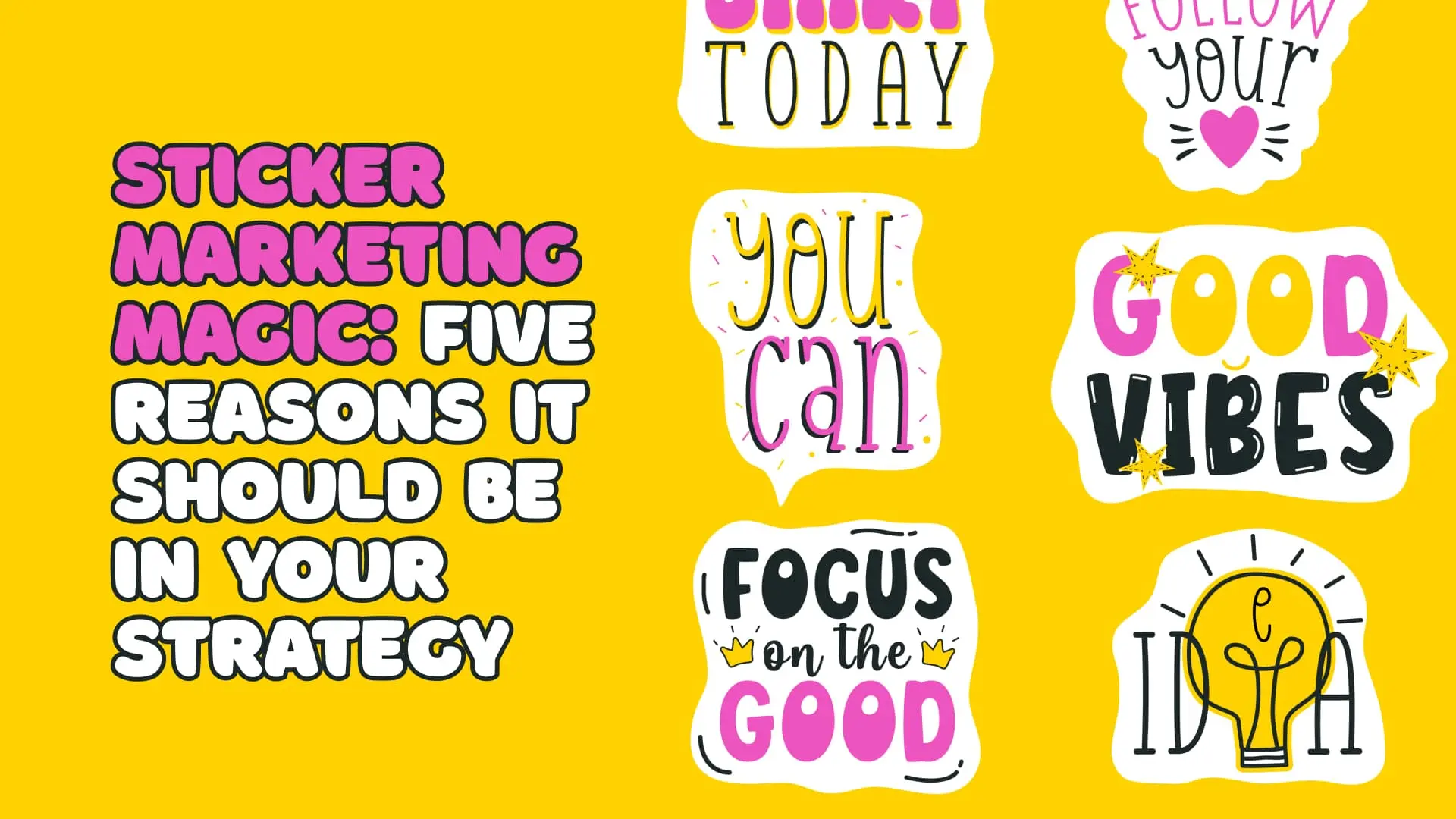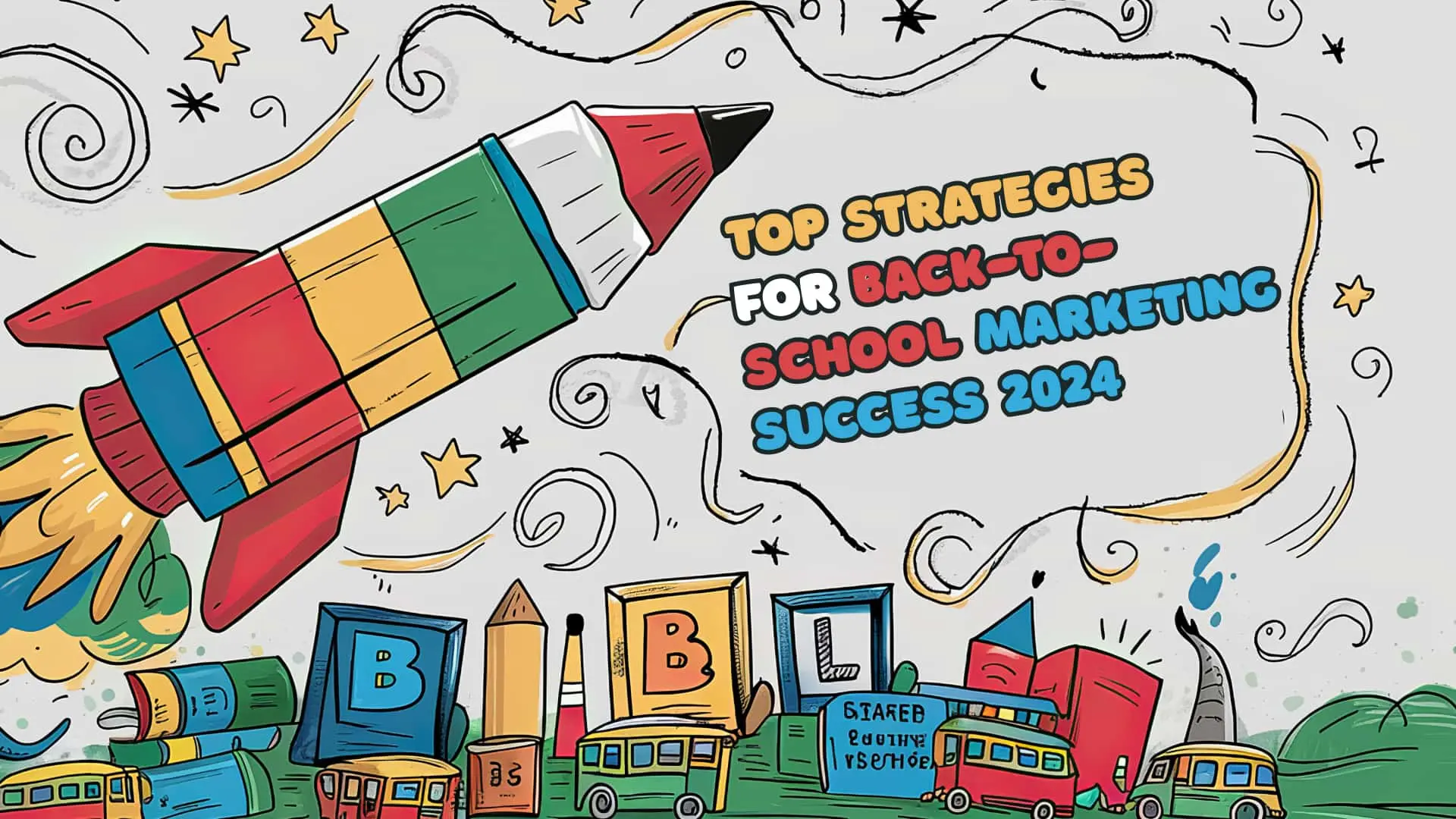-
Empty cart
No products in the cart.
Return to Shop

In today’s visually driven world, leveraging images in education has become more crucial than ever. Studies show that students engage more deeply and retain information better when learning materials incorporate visual elements. Clipart, often overlooked, is a simple yet powerful tool that can transform classroom activities, making lessons more engaging and interactive. This article explores ten innovative ways to integrate clipart into your classroom, enhancing both teaching and learning experiences.
Enhancing Worksheets and Handouts
Clipart can transform ordinary worksheets and handouts into visually appealing learning tools. By adding relevant images, teachers can make content more engaging and accessible. For instance, a math worksheet on fractions can include a pie chart clipart to visually represent different fractions, making the concept clearer for students.
Examples:
- Before: A plain worksheet with text-based fraction problems.
- After: A worksheet featuring a pie chart clipart alongside each problem.
Benefits:
- Increased student engagement.
- Improved understanding of abstract concepts through visual representation.
Creating Interactive Presentations
Presentations are a staple in modern classrooms, and clipart can significantly enhance their effectiveness. Whether you’re using PowerPoint or Google Slides, incorporating clipart can make your slides more dynamic and visually appealing. For example, using clipart to illustrate historical events can bring history lessons to life.
Examples:
- Storytelling: Use clipart to create a sequence of images that tell a story, helping students to visualize the narrative.
- Explaining Complex Concepts: Utilize clipart to break down complex ideas into simpler, visual parts.
Benefits:
- Enhanced student retention.
- Increased interest and participation.
Designing Classroom Decorations
Classroom decorations play a vital role in creating a welcoming and stimulating learning environment. Clipart can be used to design posters, banners, and bulletin boards that reflect the themes and subjects being taught.
Examples:
- Seasonal Themes: Use clipart to create decorations that reflect different seasons or holidays.
- Subject-Specific Boards: Design bulletin boards that highlight key topics in subjects like science, math, or literature.
Benefits:
- Boosted morale and motivation.
- A visually stimulating environment that supports learning.
Developing Custom Flashcards
Flashcards are a great way to reinforce learning, and clipart can make them even more effective. By adding images, flashcards become more engaging and can help with memory retention, especially for younger students or visual learners.
Examples:
- Vocabulary Flashcards: Use clipart to depict words, making it easier for students to remember their meanings.
- Math Flashcards: Incorporate images to illustrate math problems or concepts.
Benefits:
- Enhanced memory retention.
- Increased engagement and interest in learning.
Crafting Storyboards and Comics
Clipart can be a fantastic resource for creating storyboards and comic strips, which can be used to teach storytelling, sequencing, and creative writing. These visual tools can help students better understand and organize their thoughts.
Examples:
- Storyboards: Use clipart to create a visual sequence of events for a story or historical event.
- Comics: Develop comic strips that teach grammar rules or tell a story relevant to the lesson.
Benefits:
- Improved storytelling skills.
- Enhanced comprehension through visual organization.
Enhancing Online Learning Materials
In the digital age, many educational materials are now online. Clipart can make e-books, online quizzes, and digital worksheets more engaging and visually appealing. This is particularly important in maintaining student interest in a virtual learning environment.
Examples:
- E-books: Integrate clipart to illustrate concepts and ideas.
- Online Quizzes: Use clipart to make quizzes more interactive and fun.
Benefits:
- Increased engagement in online learning.
- Enhanced visual appeal of digital resources.
Illustrating Classroom Rules and Procedures
Clear communication of classroom rules and procedures is essential for a well-managed classroom. Clipart can help illustrate these rules, making them easier for students to understand and remember.
Examples:
- Rules Posters: Create posters with clipart illustrating classroom rules and expectations.
- Procedure Charts: Use clipart to depict daily routines and procedures.
Benefits:
- Clarity in communication.
- Consistency in enforcing rules and procedures.
Supporting Language Learning
Clipart can play a significant role in teaching vocabulary and grammar, especially for language learners. Visual aids help students make connections between words and their meanings, which can be particularly helpful for ESL (English as a Second Language) students.
Examples:
- Vocabulary Cards: Use clipart to depict words, helping students to learn new vocabulary.
- Grammar Worksheets: Incorporate clipart to illustrate grammar rules and examples.
Benefits:
- Enhanced understanding of new languages.
- Improved retention of vocabulary and grammar concepts.
Creating Rewards and Recognition Certificates
Recognizing student achievements is important for motivation and self-esteem. Clipart can be used to design personalized certificates and awards that celebrate student accomplishments in a visually appealing way.
Examples:
- Certificates of Achievement: Design certificates with clipart that reflect the achievement.
- Reward Stickers: Create custom stickers with clipart to reward good behavior or performance.
Benefits:
- Positive reinforcement.
- Increased student motivation and self-esteem.
Facilitating Group Projects and Collaborative Work
Clipart can support group projects by providing a visual element that enhances collaboration and creativity. Students can use clipart to create posters, presentations, and other project materials.
Examples:
- Project Posters: Use clipart to design posters that summarize group research findings.
- Collaborative Presentations: Incorporate clipart into group presentations to make them more engaging.
Benefits:
- Enhanced creativity and teamwork.
- Improved presentation and communication skills.
Conclusion
Clipart is a versatile and powerful tool that can greatly enhance the learning experience in the classroom. By incorporating clipart into worksheets, presentations, decorations, and more, teachers can create a more engaging and effective learning environment. Don’t hesitate to experiment with these ideas and see how Clipart can transform your classroom!




